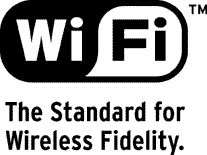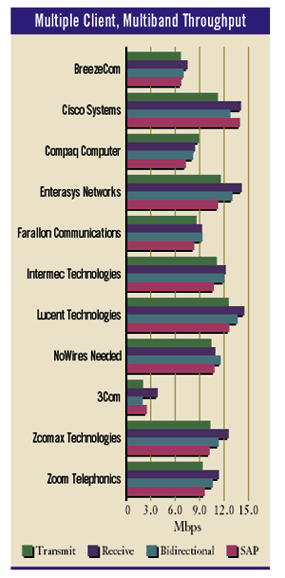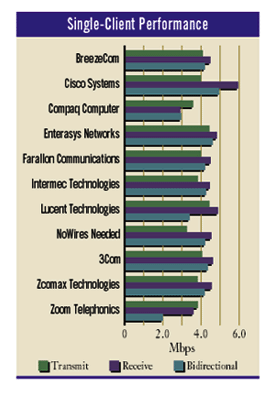

Many would agree on the benefits provided by WLANs not the least of which is the reduced infrastructure costs of setting up a network or expanding an existing one. Corporate users spend lees time at their desks finding it more convenient to move around the office with their laptops and not have to look for the nearest port to hook up to the network. WECA has been one of the key reasons for the growth of 802.11b networks. Interoperability of vendor products have assured ease of deployment in diverse areas such as campus LANs, hospitals and schools.
Universities and grade schools have caught the wireless bug. With almost all students requiring access to computing and internet facilities it could be a nightmare (not to speak of the astronomical costs) upgrading network infrastructure to keep up with the demand for faster and more efficient resources. Wi-Fi networks have been installed on many campuses including Stanford, Massachusetts Institute of Technology and Carnegie-Mellon University. Grade schools have also gone Wi-Fi! A case in point is 3Com's deployment of a WLAN for a grade school in Florida (see 3com). 3Com's AirConnect wireless LAN has enabled 400 students and teachers to access the school's 10/100/1000 Mbps wired ethernet from seven classroom buildings. The cost savings from installing additional infrastructure has allowed the school to invest such monies elsewhere.
There are a lot of Wi-Fi certified products in the market. Some of the more common products include the Aironet 340 from Cisco; Intel's Pro/Wireless 2011 Access Point; the Orinoco AP-1000 Access Point from Lucent; the Harmony 802.11 Access Point and Access Point Controller from Proxim; and 3Com's AirConnect. Intersil's Prism chipset implementing CCK has been used in many vendor products.


Fig.1 Comparing products from different vendors (from Network Computing, July, 10, 2000)